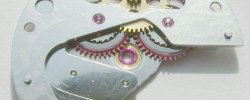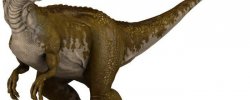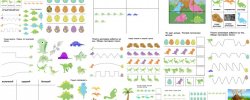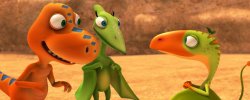Dinosaurs Periods
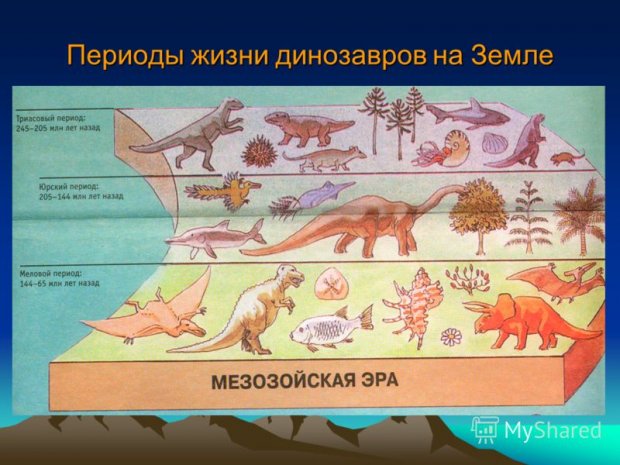
Flora and fauna are constantly evolving. Some people change. One species is destined to dominate, and others are humble to survive in the backs of the world. But occasionally, there are events that give evolution to the chance to exaggerate over species and to make new ones that showed themselves from the best. In order to tell us how the dinosaur time ended, we'll see the end of the meal period.
|
Dinosaurs died at the end of the meal period, about 65 million years ago. The extinction process was not fast. It took about 5 million years, as 70 million years of longitude contain many dinosaurs. By geological measures, it's a little time, but it wasn't instantaneous.
Dinosaur extinction was only part of the extinction that occurred at the end of the melting period: together with Dinosaurs died Sea reptiles (mosaurs and plesiosaurus) and flying lizards, many shellfishes, including ammonites, Belemnites and many small algae.
♪
However, most plants and animals survived this period. For example, land-based excruciating, such as snakes, turtles, lizards and water-proofers, such as crocodiles, were not extinct. The next ammonite relatives, nautilus, not to mention birds, first mammals, corals and terrestrial plants, also survived.
In addition, some dinosaurs (triceratops, theropods, etc.) remained in the west of North America and India for a few more million years at the beginning of the paleogene, following their extinction elsewhere.
The most popular versions of dinosaur extinction are the following.
Astrophysical:
1. Asteroid fall
The latest version. It is expected that the impact of this asteroid may be traced to the Chicks Club in the Yucatan Peninsula in Mexico. The version is popular, perhaps because of its maturity.

